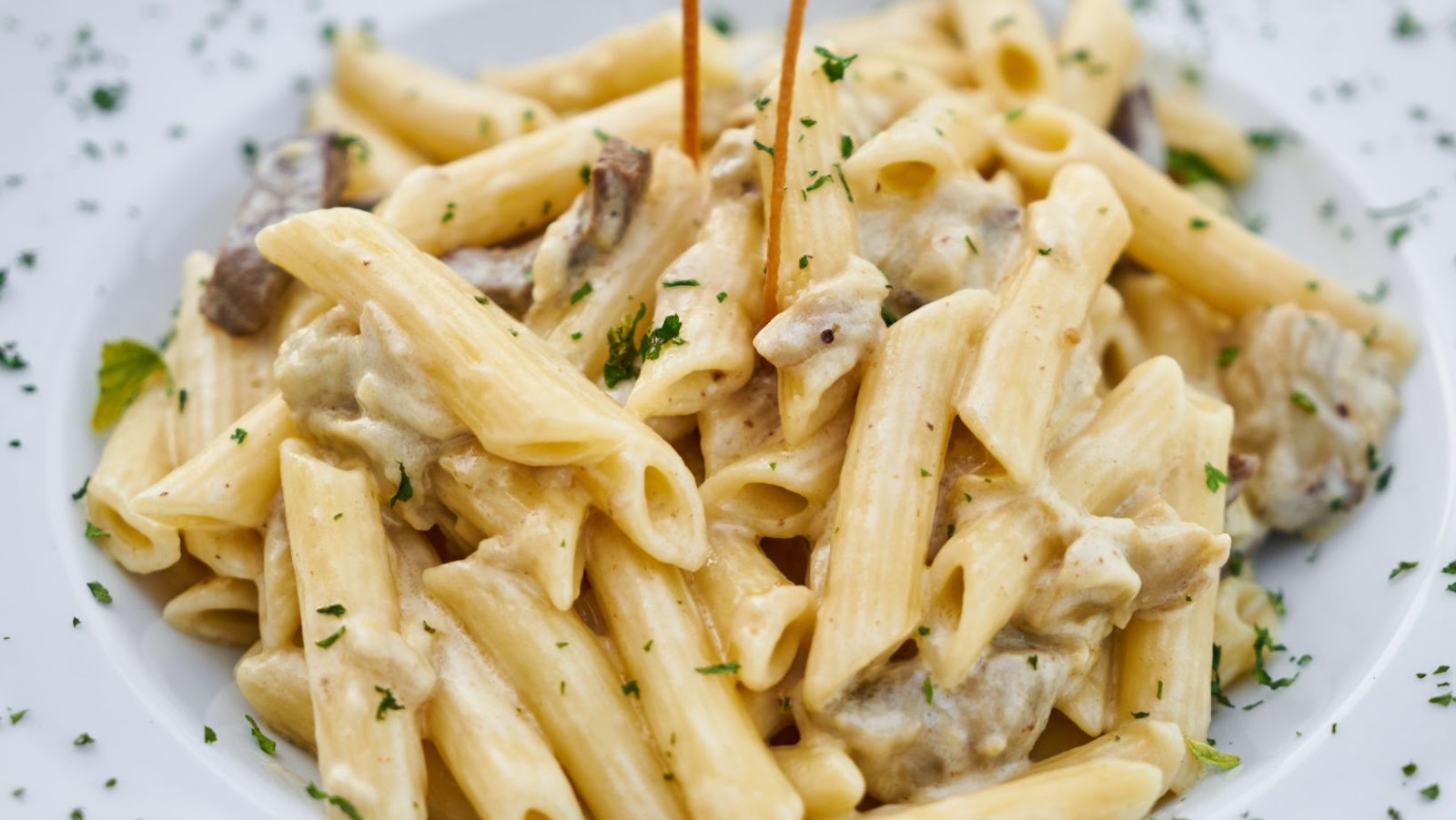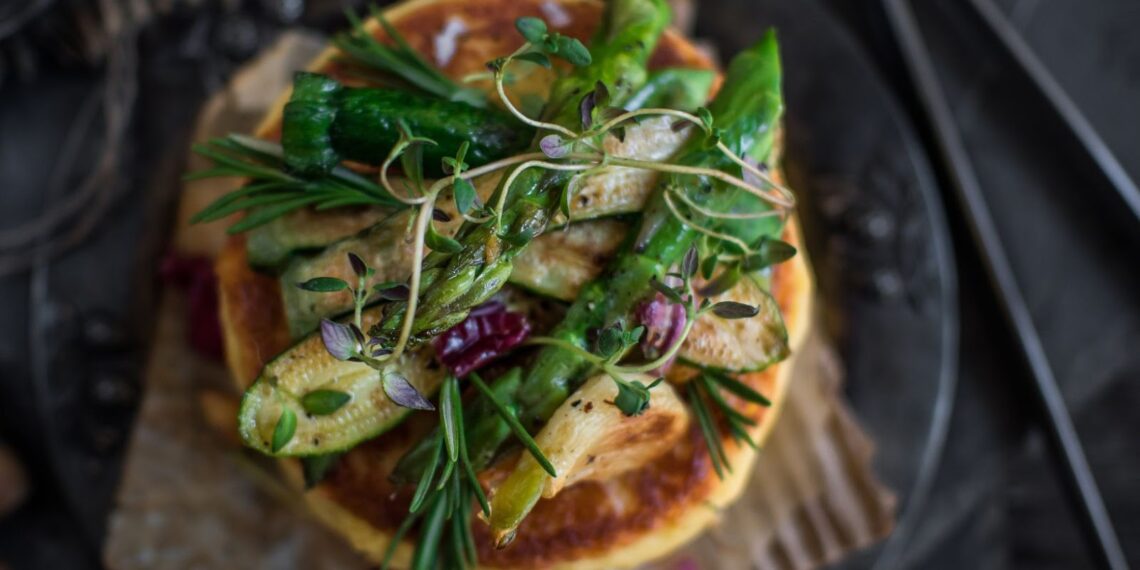When it comes to marketing food, it’s vital to satisfying the audience’s sense of sight first. That’s why food photography is critical. The pictures of the food should already tell a story and pique curiosity enough for them to want to try your food.
Online orders are becoming the norm, with food delivery services estimated to boom annually by 9.18%. The industry is projected to have a market size of 45 billion dollars by 2025. This growing market is among the reasons why 67% of restaurants plan to use social media ads to bring in more customers. One strategy is to use food photography.
Mastering the Art of Food Photography
Here are some ways to elevate your food photography skills.
Level Up Your Plating Game
Plating is used in the food industry to make food presentations more aesthetically pleasing.
Food photography highlights the beauty of ingredients, making it essential to be mindful of how you plate your dishes. If you’re trying to recreate an organic atmosphere, consider a more playful and less structured plating style, such as a vegetable soup or green salad.
Selecting a suitable surface can drastically improve your photography. A wooden cutting board can add a warm rustic feel to your pictures, while white ceramic plates let the food item stand out. Both offer a great way to showcase different dishes attractively.
Maximize Natural Lighting
Have a good lighting setup to capture the best shots of your delicacies. Natural light is the best option as it maintains the vibrancy and texture of your dishes. Artificial lights undermine the true beauty of your culinary creation.

For best results when photographing food, ensure the plate is placed in direct sunlight or window light. This helps capture the texture and details effectively.
Work With Different Angles
Some foods are better taken given a specific angle. For example, pizzas will best be presented when taken overhead. Burgers, on the other hand, would appear delectable when taken with the side view.
There are many other creative and interesting angles to photograph, which can also provide excellent results. When capturing food, the practice is to keep the diner’s perspective in mind. For this reason, it is best to take pictures of the dish from a similar angle as when seated at a restaurant.
Play Up the Details
Details are the key to creating visually appealing images of food. They help to draw the viewer in, providing a greater understanding of the food being photographed. Focusing on details also allows the viewer to appreciate the different textures, colors, and shapes that make up each individual dish.
When photographing food, consider the different elements of the food, such as color, texture, and form. Take close-up shots to show the food in a way that showcases the beauty of each dish.
Details make the food look more appetizing and attractive. By highlighting the finer details, such as a drizzle of sauce or a sprinkle of herbs, the food will become more mouth-watering and inviting.
Remove Clutter
Food should always be the focus of your pictures. Don’t get distracted by all the other elements, like background and props. However, they can aid in making your photograph more appealing.
If it isn’t possible to take out some of the items during the shoot, use a background remover during post-processing.
Key Takeaways
Good visuals are integral to any business’s success, especially in the food industry. A single photograph of your product or restaurant can make or break your marketing strategy. It’s significant in swaying potential customers towards or away from you.
Follow these food photography tips:

- Invest in plating and styling
- Play with lighting
- Experiment with angles
- Work on the details
- Keep food in focus













